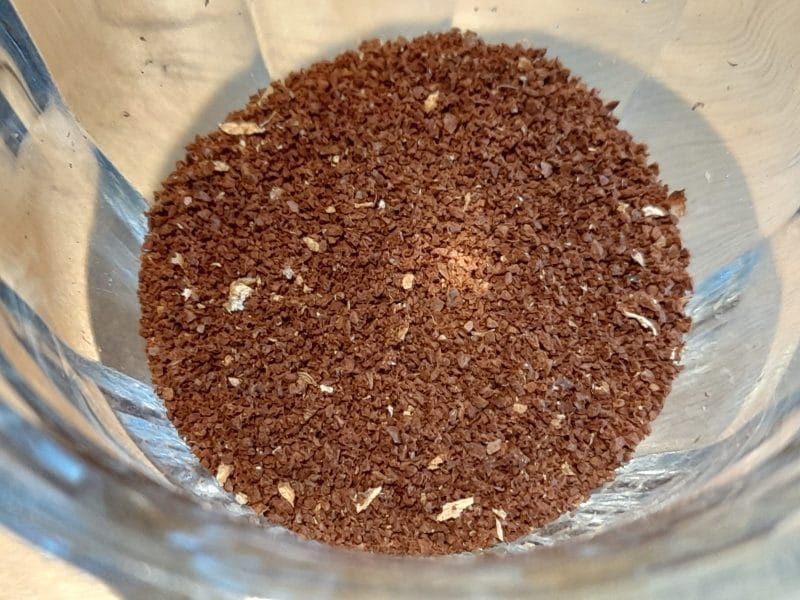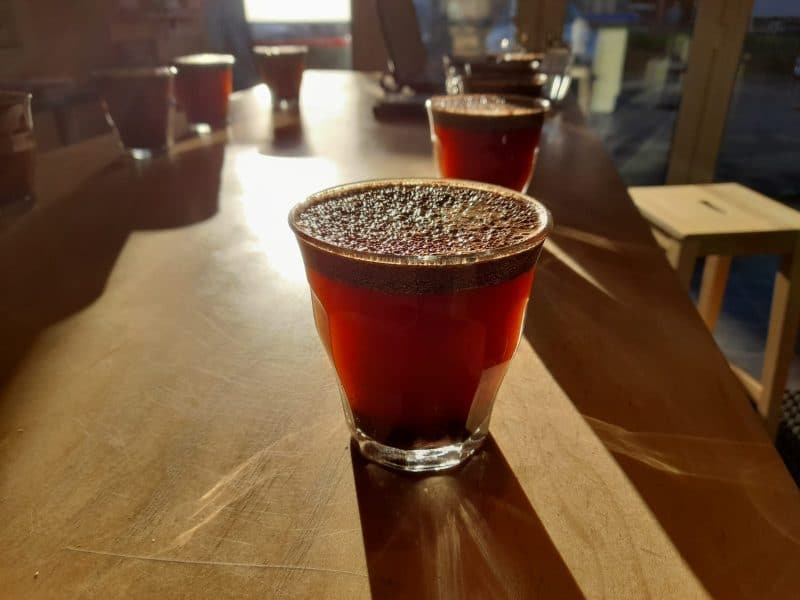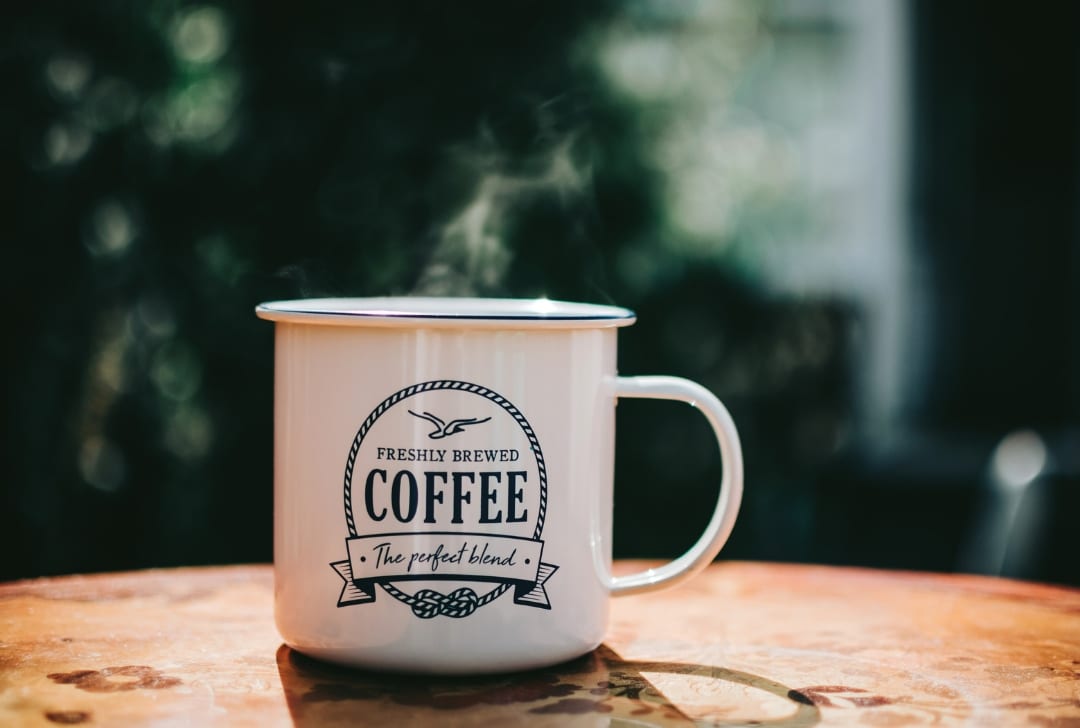Brewing, Buying Guides, How To Guides, Reviews
Coffee Brewed At Home – 1. Cowboy Coffee
Cowboy Coffee
The variety of ways to brew coffee at home these days is staggering, and probably confusing, with terms like immersion, draw down, the ‘Scott Rao’ spin and extraction thrown around.
In this series we plan to go back to basics and cut the crap to bring you what you need to know about brewing and get the most from your coffee.
To kick it all off we have to most basic of all brewing methods, known to me as cowboy coffee, there are no filters, brewers or fancy gooseneck kettles- just a mug, hot water and ground coffee.
It’s super simple, but it’s a great way to understand the principles of immersion brewing and extraction.
Immersion just means a brewing method where the coffee grounds sit and steep in hot water, rather than the brewed coffee being simultaneously separated from the coffee grounds as the coffee is being brewed, like you would get with a filter cone brewer.
Extraction just means how much soluble stuff you getting out of the coffee grounds. A full extraction is ideal, as it will bring out balance, sweetness and full flavour. Under extraction tends to taste sour or savoury/salty. Over extraction tends to taste dry.
It’s a super simple way to brew, and a great starting point is to use 60-65g of ground coffee per litre of water. The bigger the mug that you use, the more stable the brewing temperature will be and the easier it will be to get a full extraction. This method works well with a fairly coarse grind size. The more grounds you put in, the stronger the brew will be, but more grounds means less water to brew with and will cause under extraction.

Grind Size refers to the size of the ground coffee particles. The smaller they are, the more surface area the coffee will have and the faster it will reach a full extraction. However pushing the grind size too fine will create a lot of super fine particles that will make the brew taste astringent or dry, which is made worse by a low quality grinder that doesn’t grind evenly.
The next variable you have to think about is brewing temperature. I usually measure the time after the kettle has boiled, the longer the time the cooler it will be. The hotter the water is, the easier it will be to reach a full extraction, but too high a temperature will bring in over-extracted flavours. A good starting point is to wait 20 – 30 seconds after the kettle has boiled and go from there. Pour boiling water over the coffee grounds to the top of the mug.

Wait for 5 minutes, then using a spoon, break the crust of the floating coffee grounds so they sink to the bottom of the mug and scoop off any foam or floating bits. Then wait! The brew will usually taste best around 15 minutes, and be gently when sipping so you don’t disturb the settled coffee grounds, it’s pretty grim if you get a sip of grinds!



